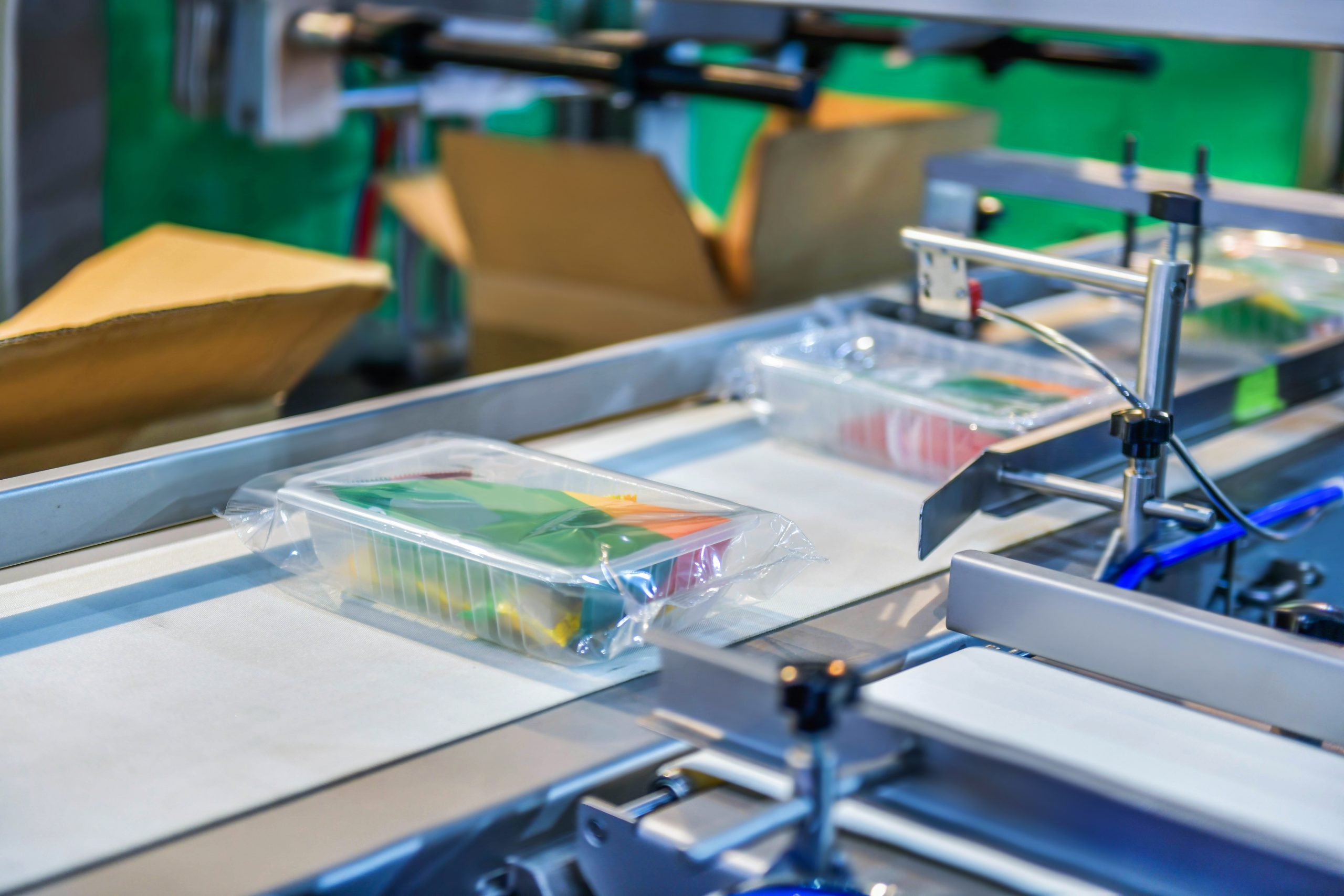Food sustainability goes hand in hand with environmental sustainability, a strategic priority of institutions and governments and, more and more, a citizens’ lifestyle choice.
Every day, 89% of Italians make sustainable choices and for 84% of Italians sustainability regards food product choices. For 28% of Italians, sustainable packaging drives such choices.
These are the summary data from Osservatorio Packaging del Largo Consumo di Nomisma, (Nomisma consumer packaging observatory) presented last April at the Marca event in Bologna; this interesting research studies which major aspects drive the choice of a food product.
In front of the Shelf
Every food company, be it a food supplier or a packaging and packing system manufacturer, would get inside consumers’ heads in that split second in front of a shelf when selecting a product.
In fact, the study by Nomisma states that over one third of Italians, 34%, mentions food sustainability as top driver of food product choice, with 28% choosing a product also based on the sustainability of the packaging.
A product is considered sustainable if it is made using resources responsibly and ensuring a low environmental impact, while reducing CO2 emissions (70%), water consumption (65%) and energy consumption (63%).
However, shelf foods are packed. Packaging, due its function, becomes waste. This is the reason why food sustainability depends also on packaging; in fact, a product is sustainable when it is recyclable (62%),made of sustainable materials (59%), without overpackaging (46%) and plastic free (41%).
An Algorithm to Measure the Sustainability of Packaging
Technology and sustainability have long travelled in the same direction and the Algorithm to measure the sustainability of packaging proves it.
Developed by Fondazione Carta Etica del Packaging and processed together with the Sustainability Commission Guidelines, the Algorithm is unique in the panorama of instruments to trace and measure sustainability.
This tool is aimed at all stakeholders in the supply chain – manufacturers, suppliers and users – to evaluate the environmental impact of packaging and to suggest how to improve its performance.
It is worth making clear that this guidance tool does neither replace nor approximate the more complex and standardized LCA (Life Cycle Assessment).
Being focused on packaging and not on the company, the Algorithm was conceived to ensure a double benefit: it offers manufacturers of packaging the opportunity to evaluate sustainability from the design step, while submitting also semi-finished products to examination; on the other hand, it offers users the opportunity to compare different products and make increasingly conscious choices.
Through a simple online data collection and input procedure, the Algorithm obtains an index, the “packaging sustainability rating” that refers to the CO2 equivalent impact, in line with the 17 Sustainable Development Goals of the UN Agenda 2030.
Apart from rating, the Algorithm highlights the points on which action needs to be taken to make packaging even more sustainable, hence improving the index; an additional value added is a specific reference to standards of the field in which a company operates.

